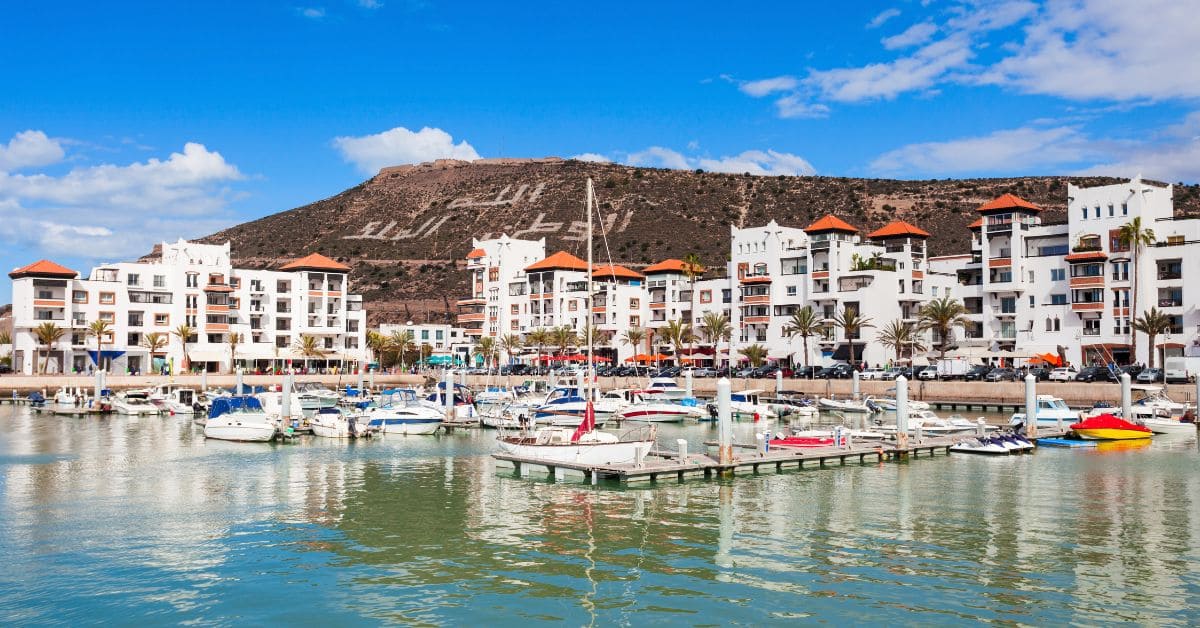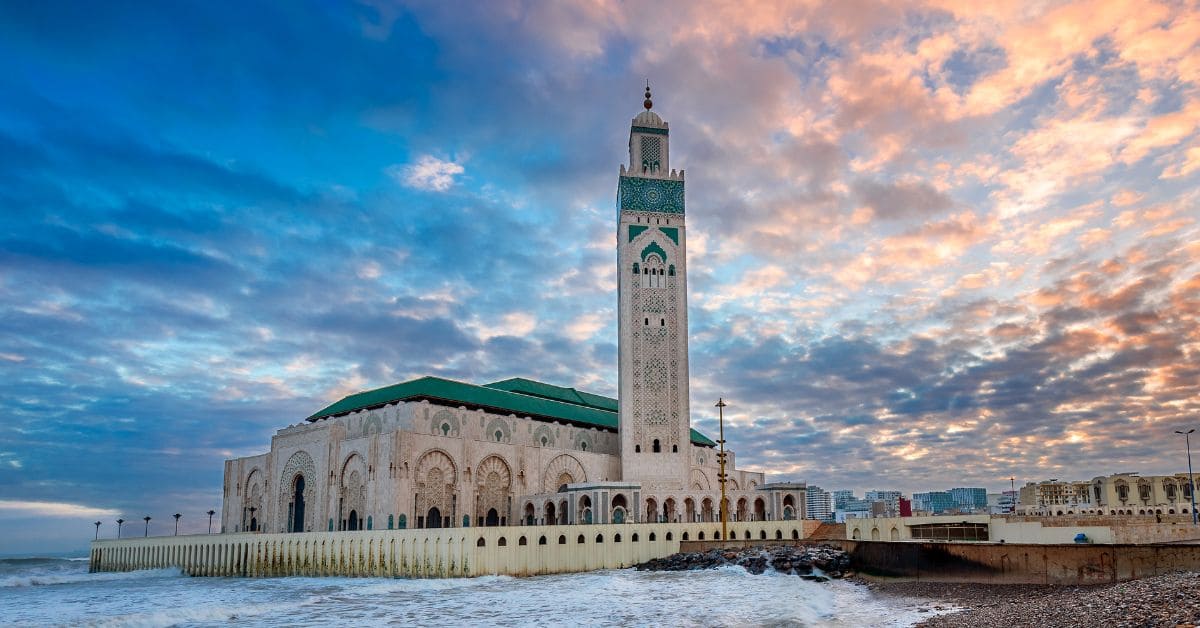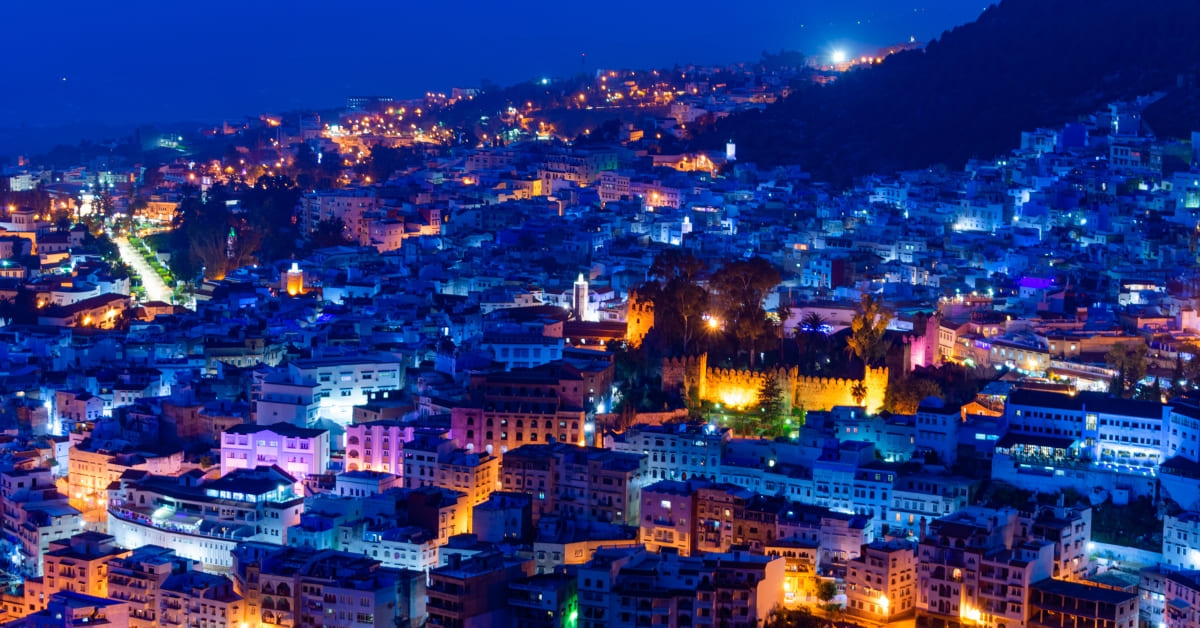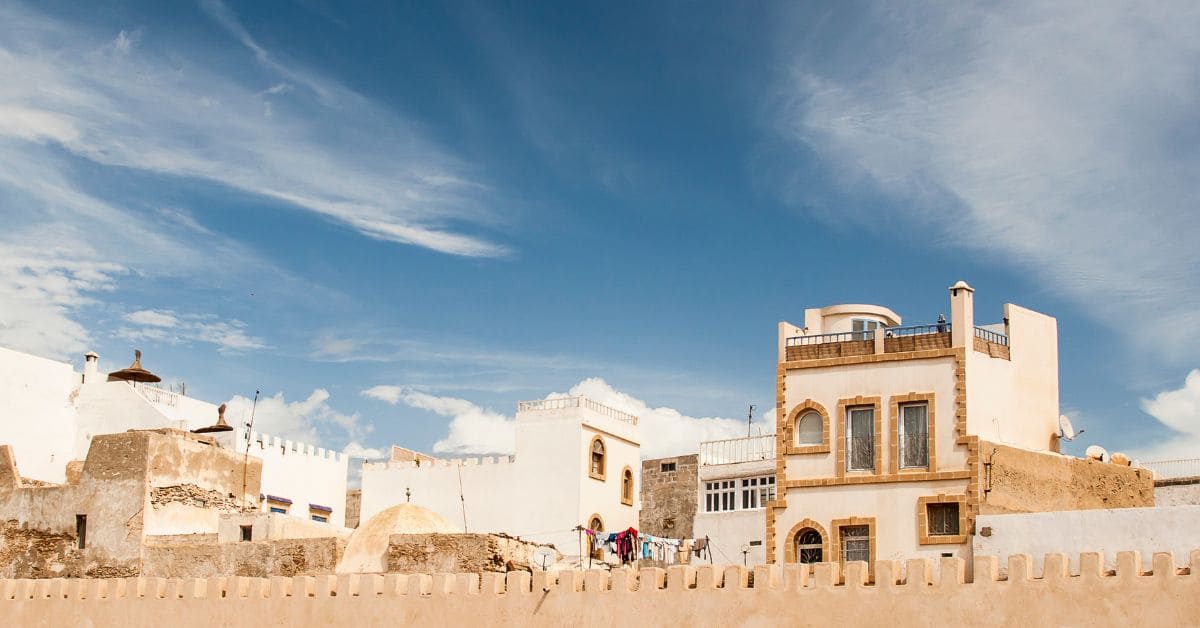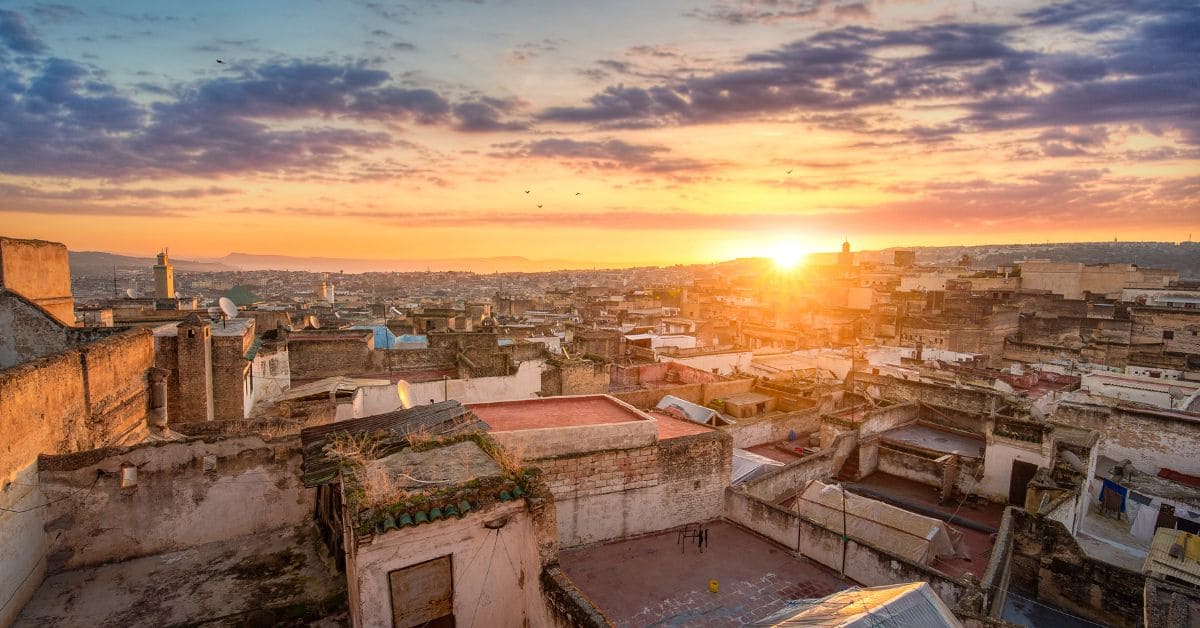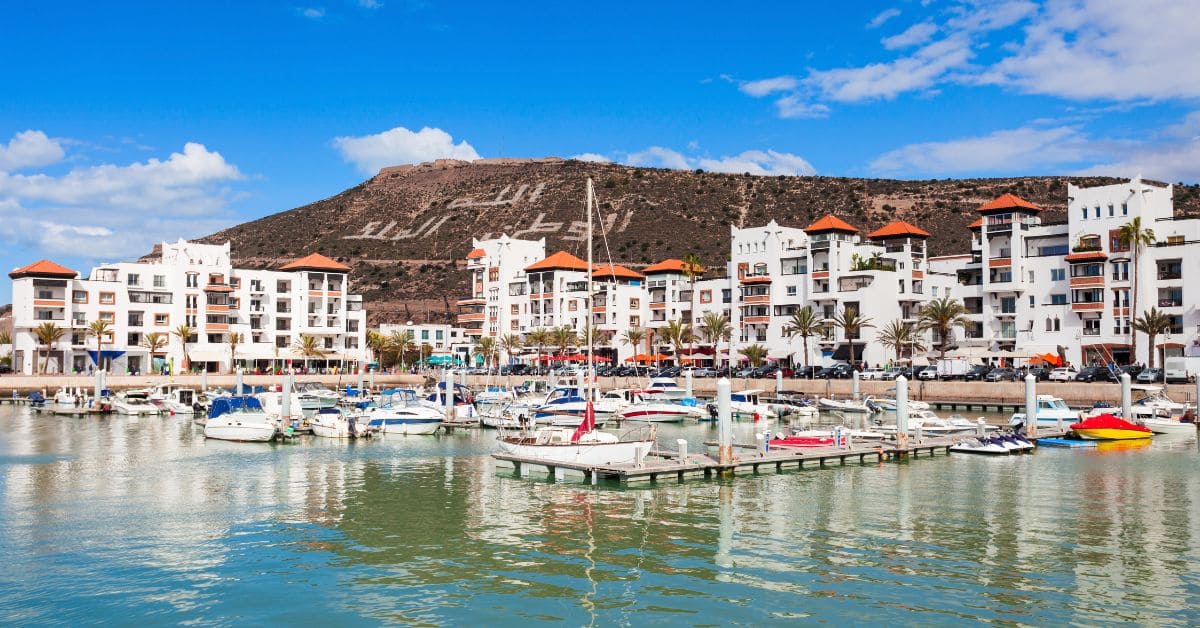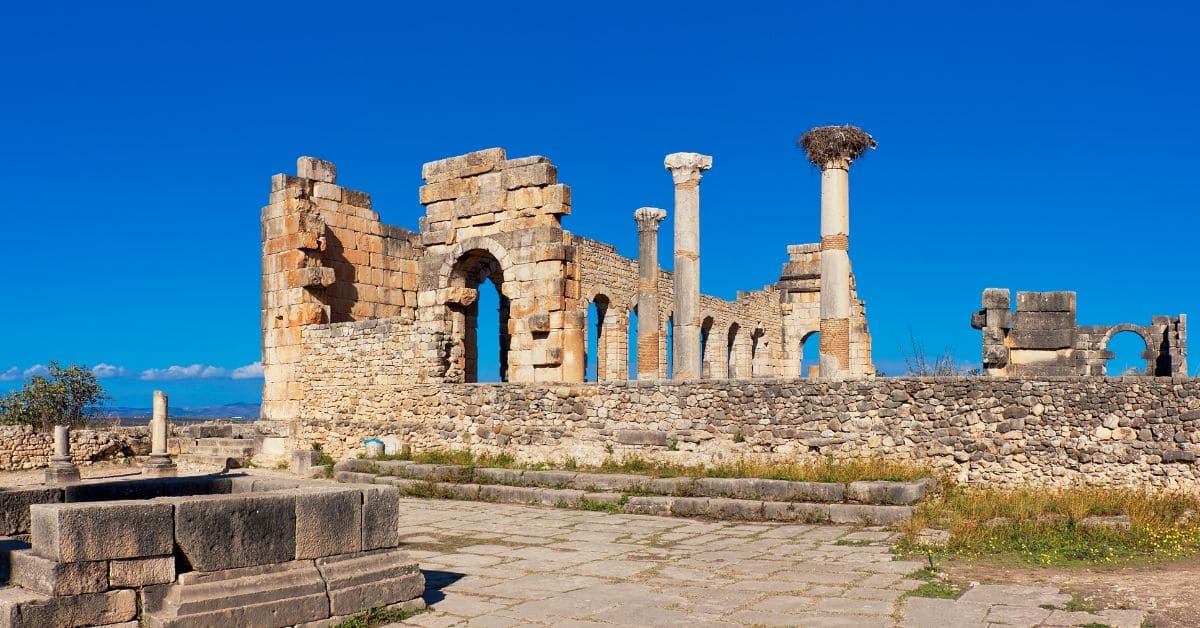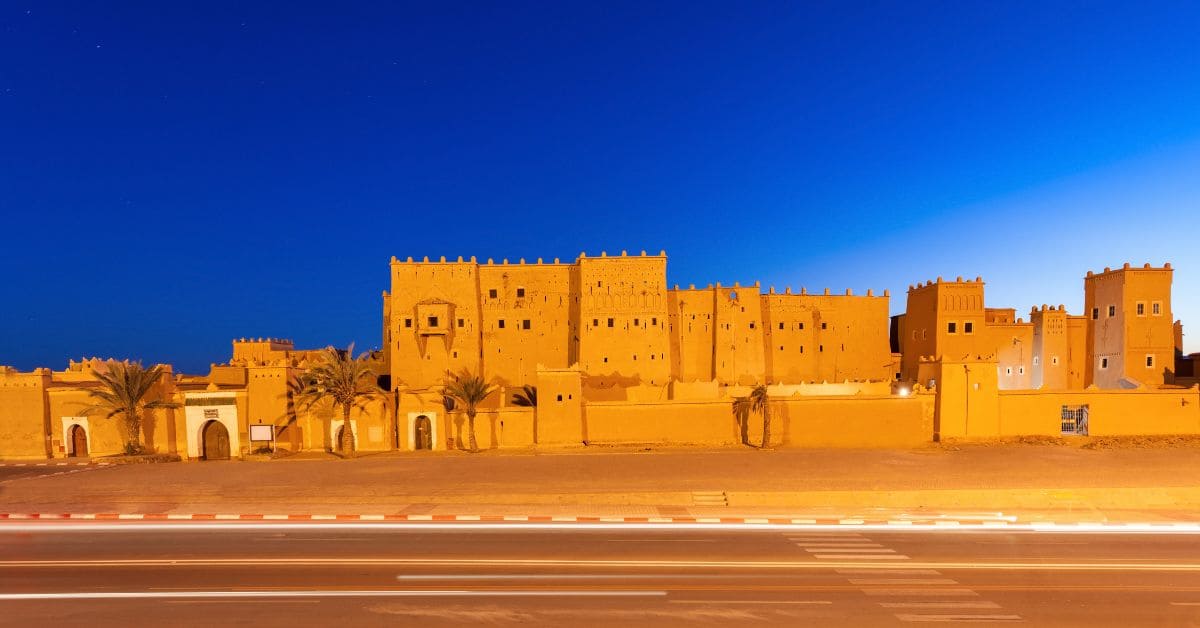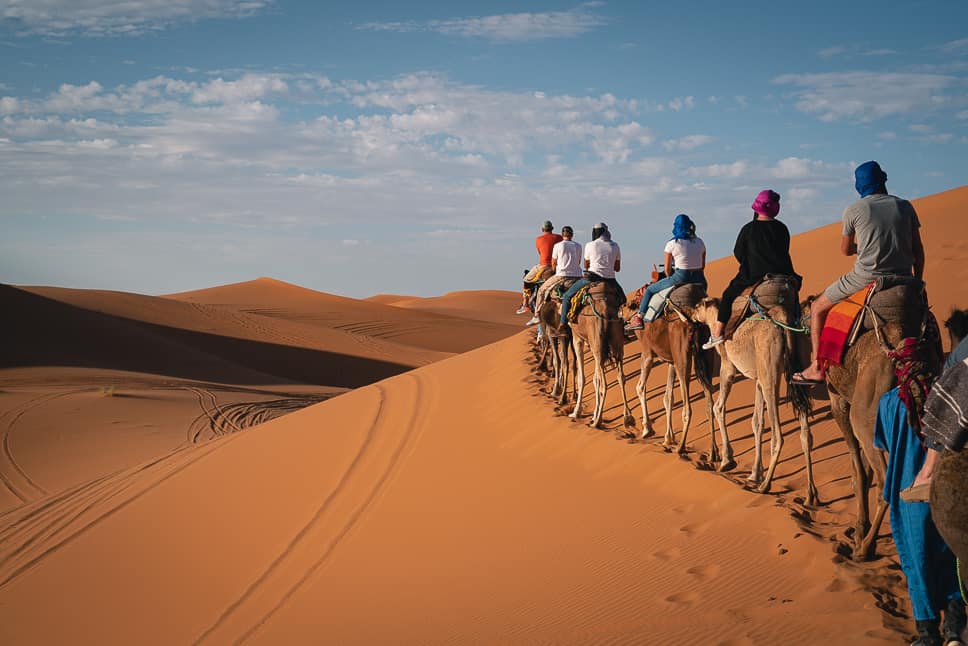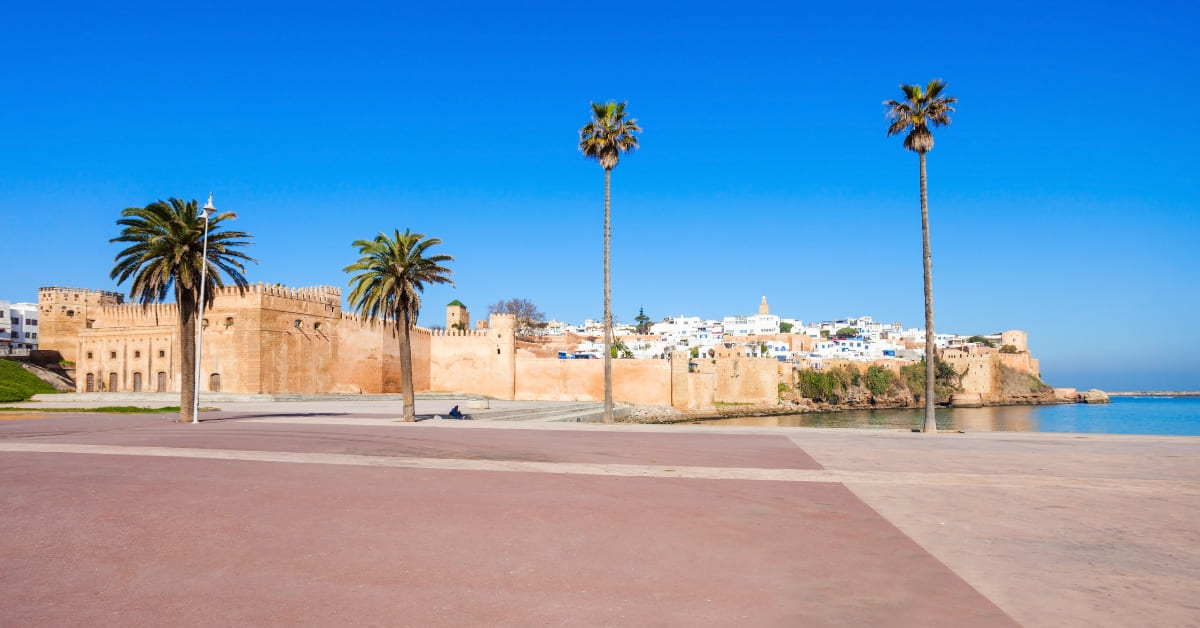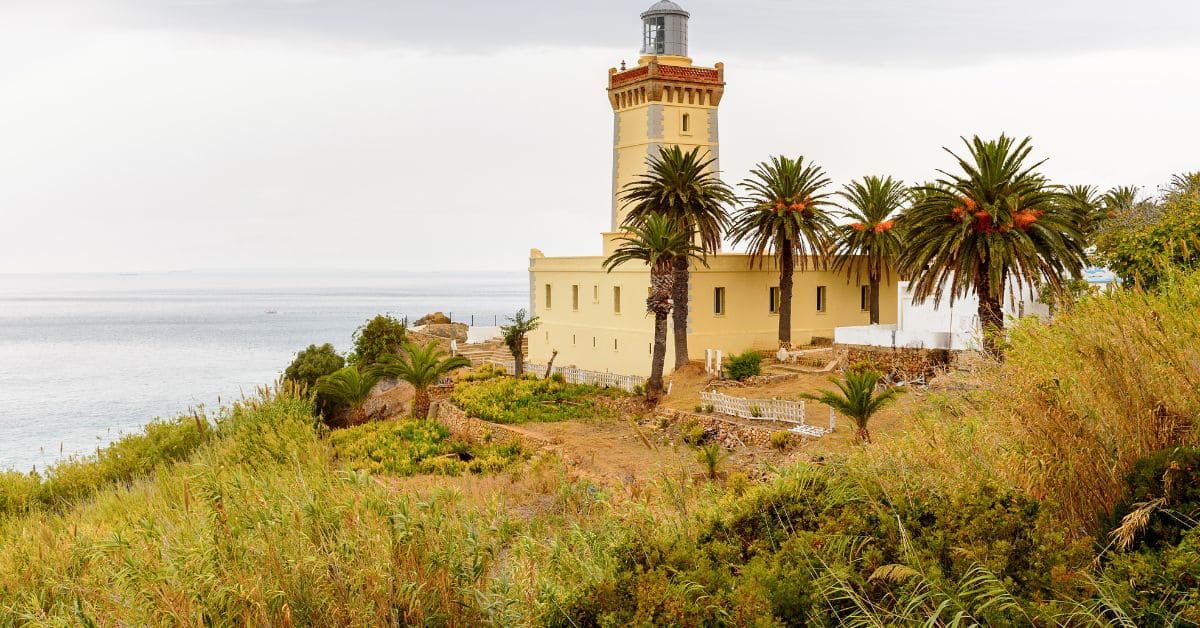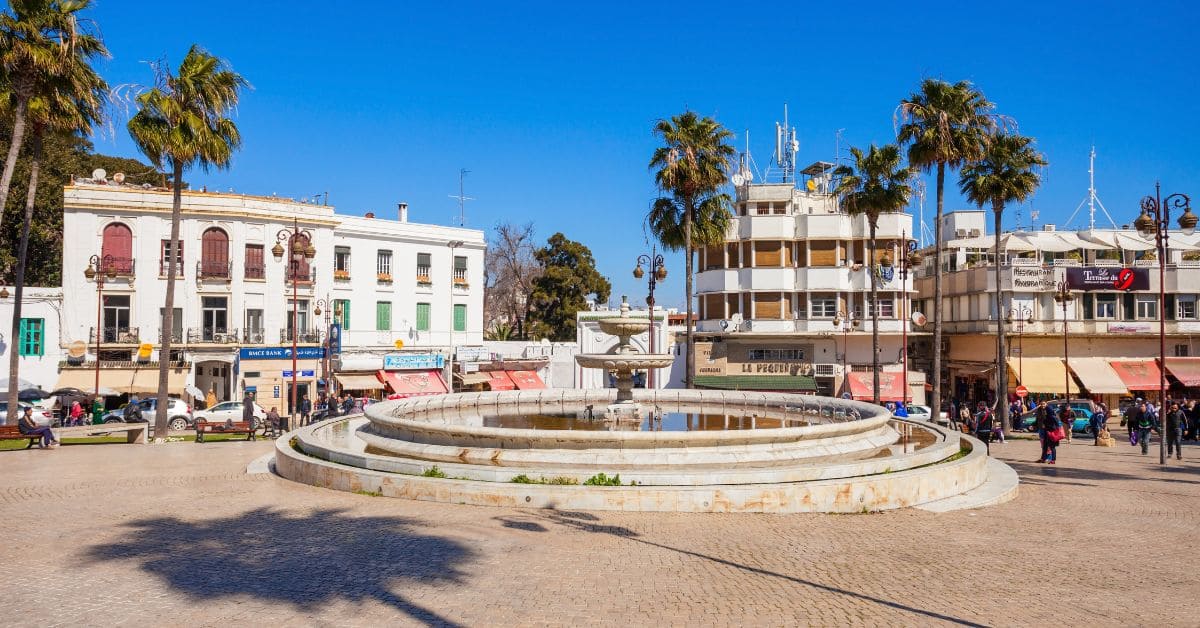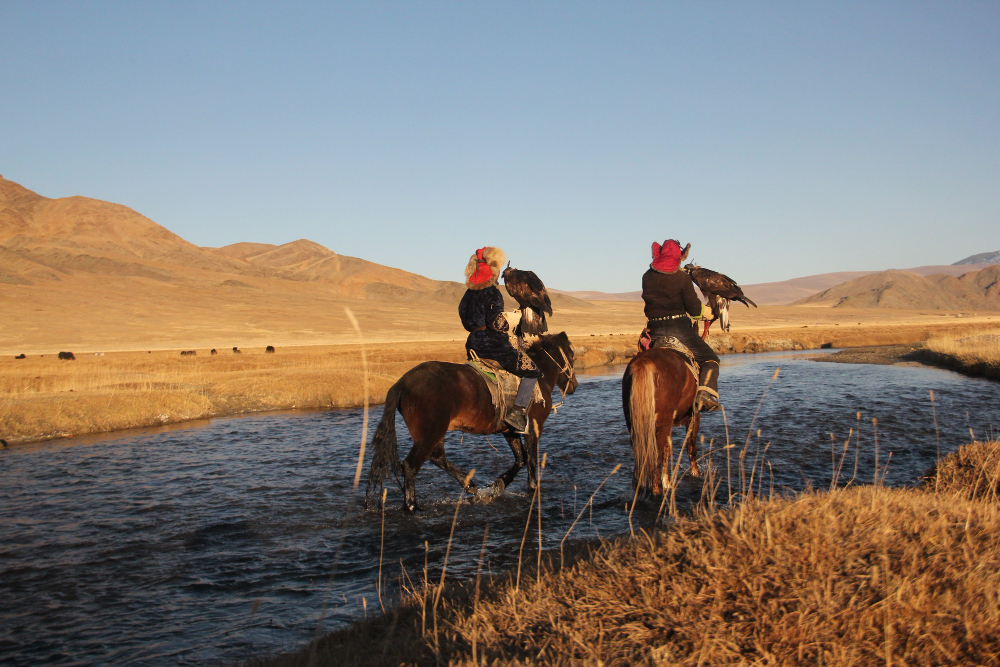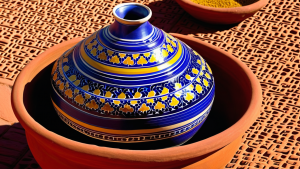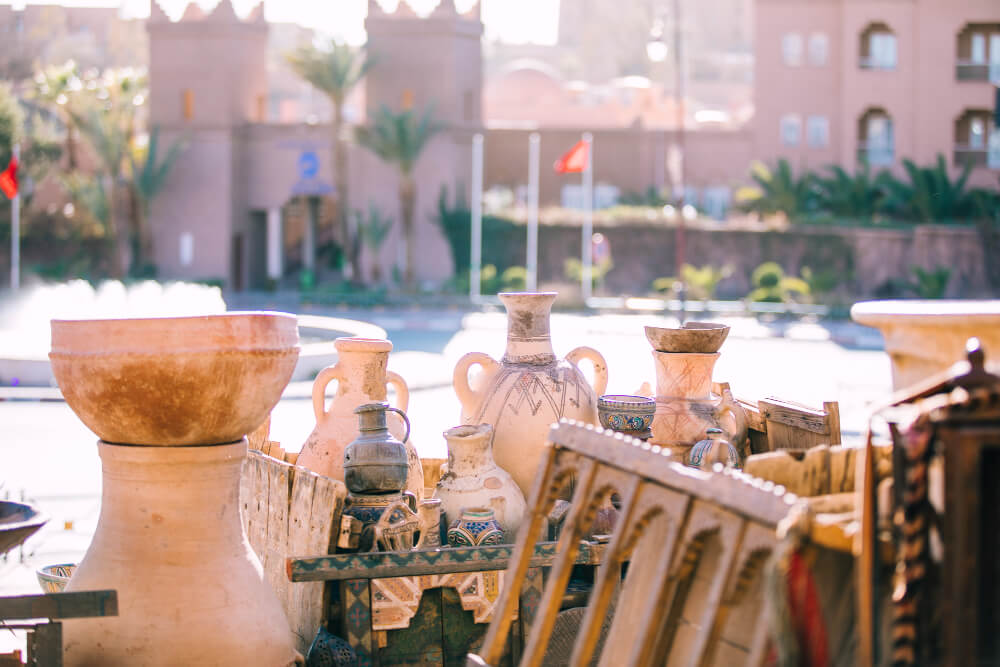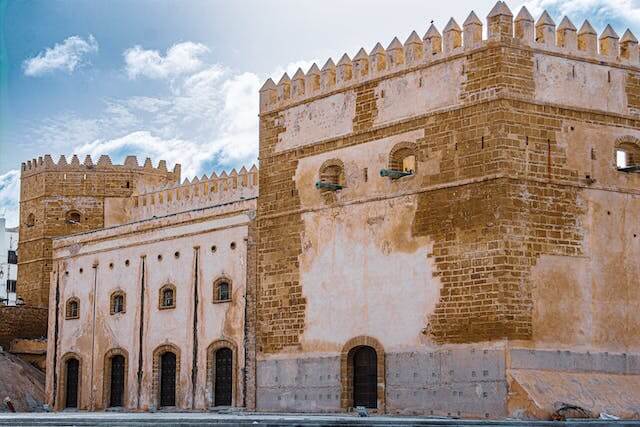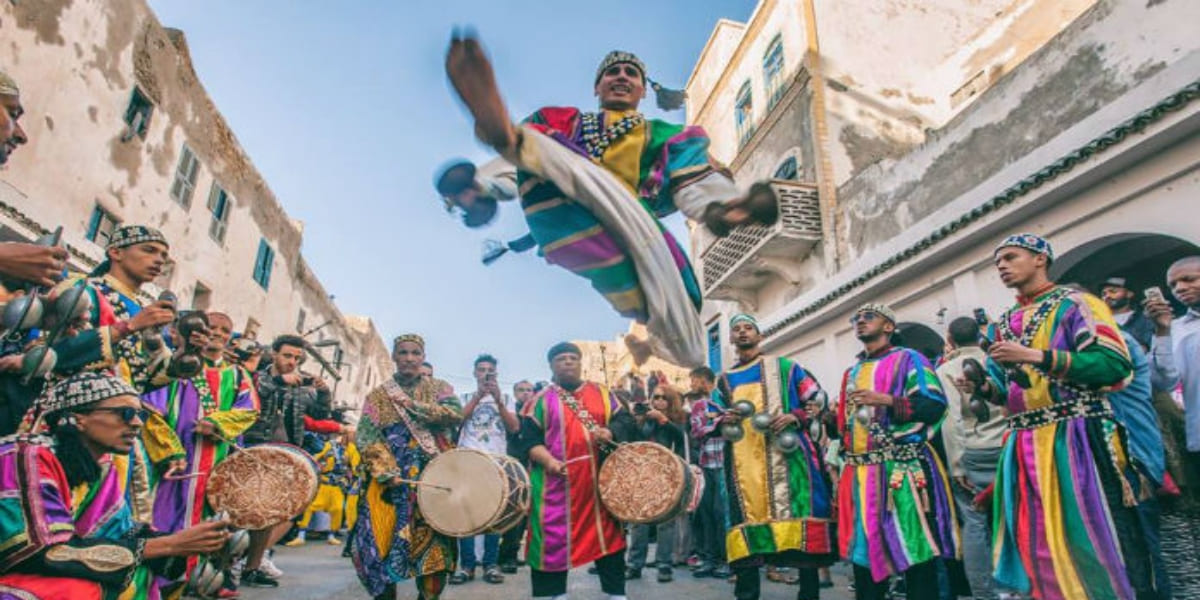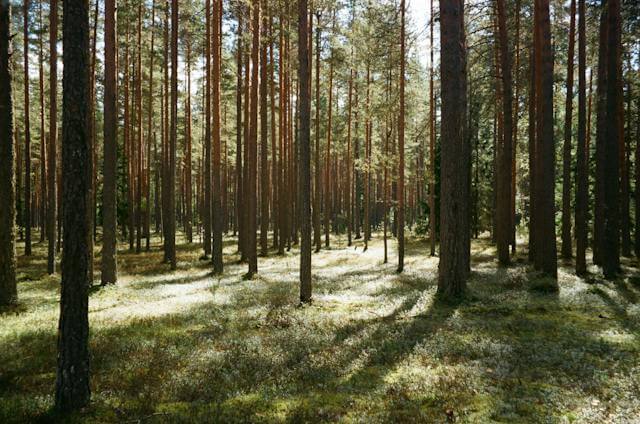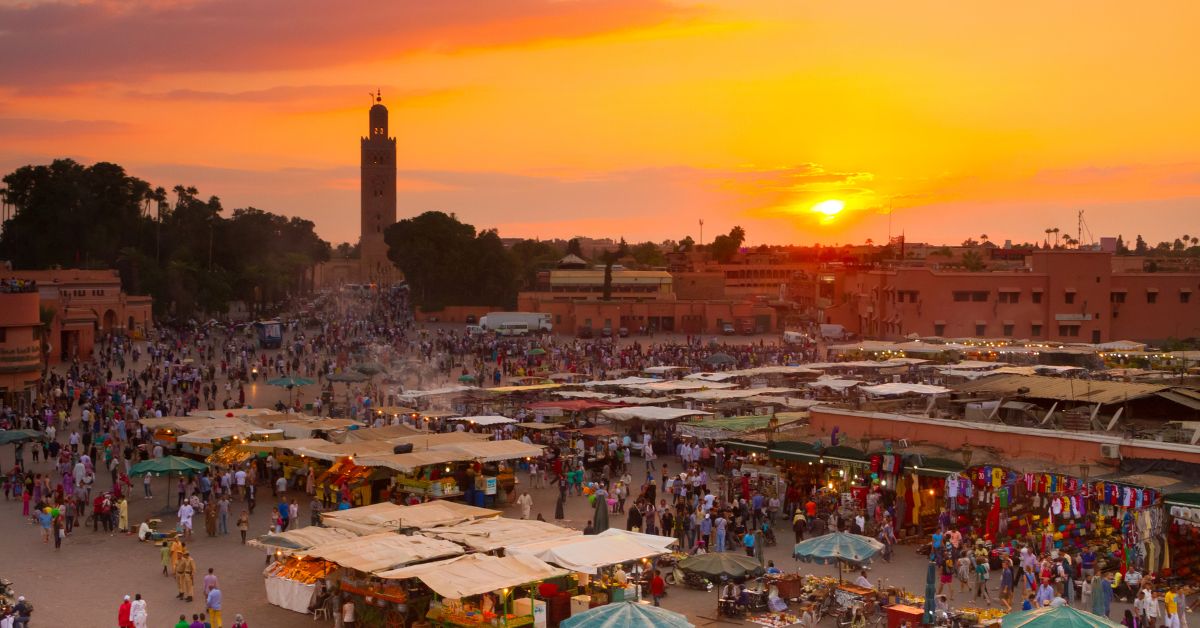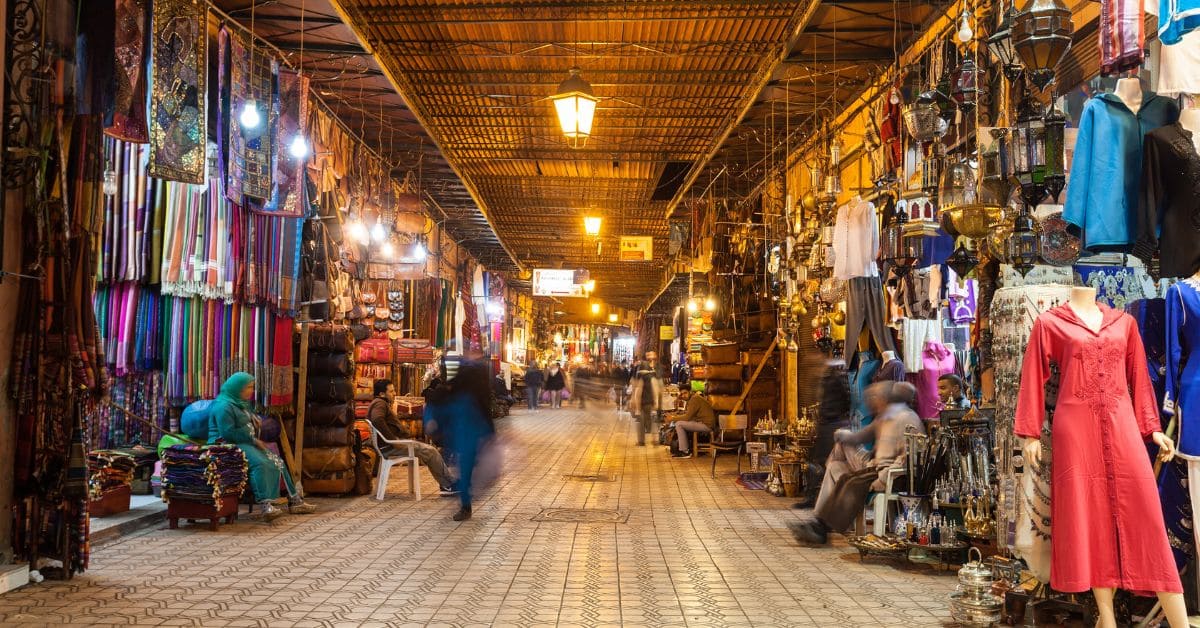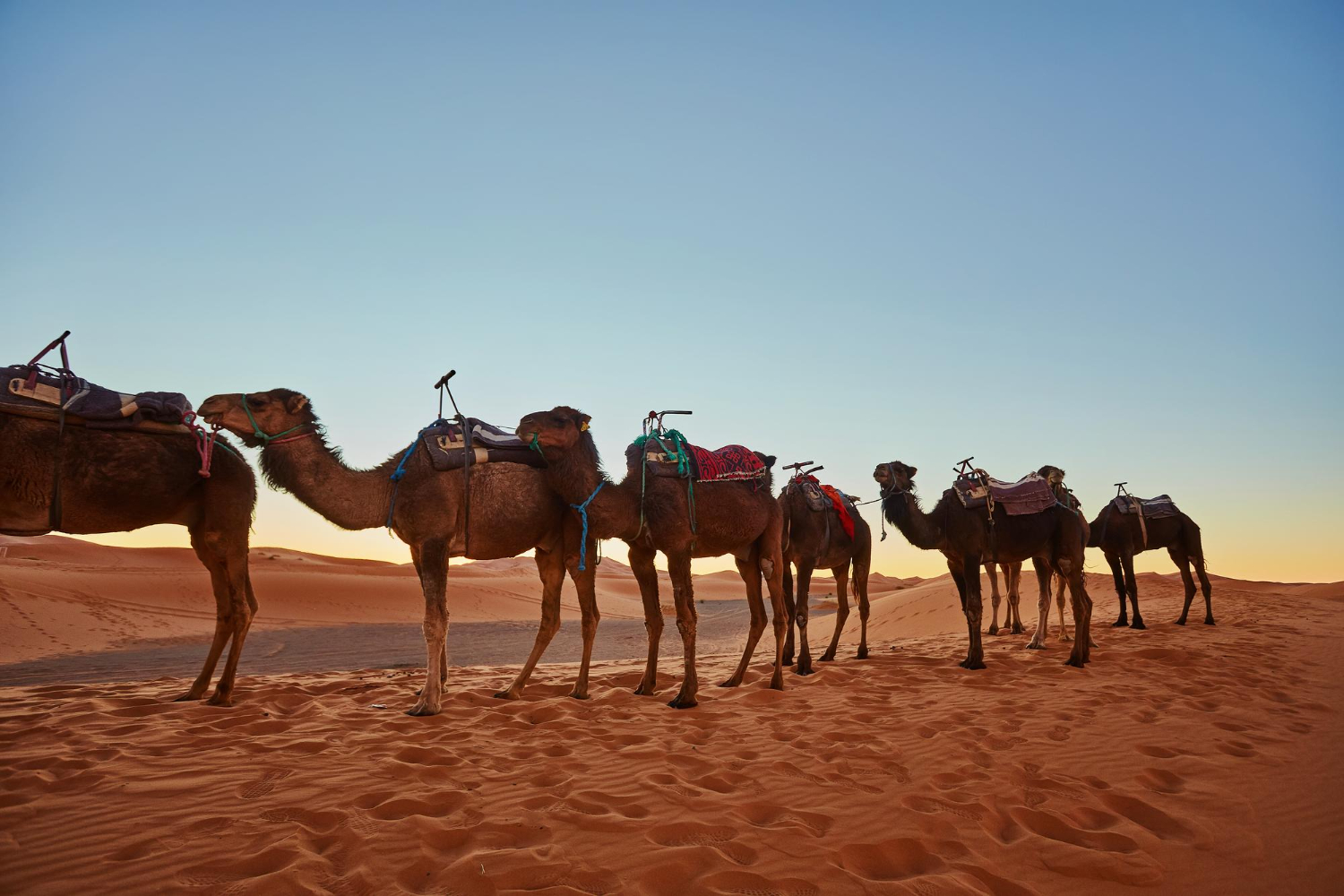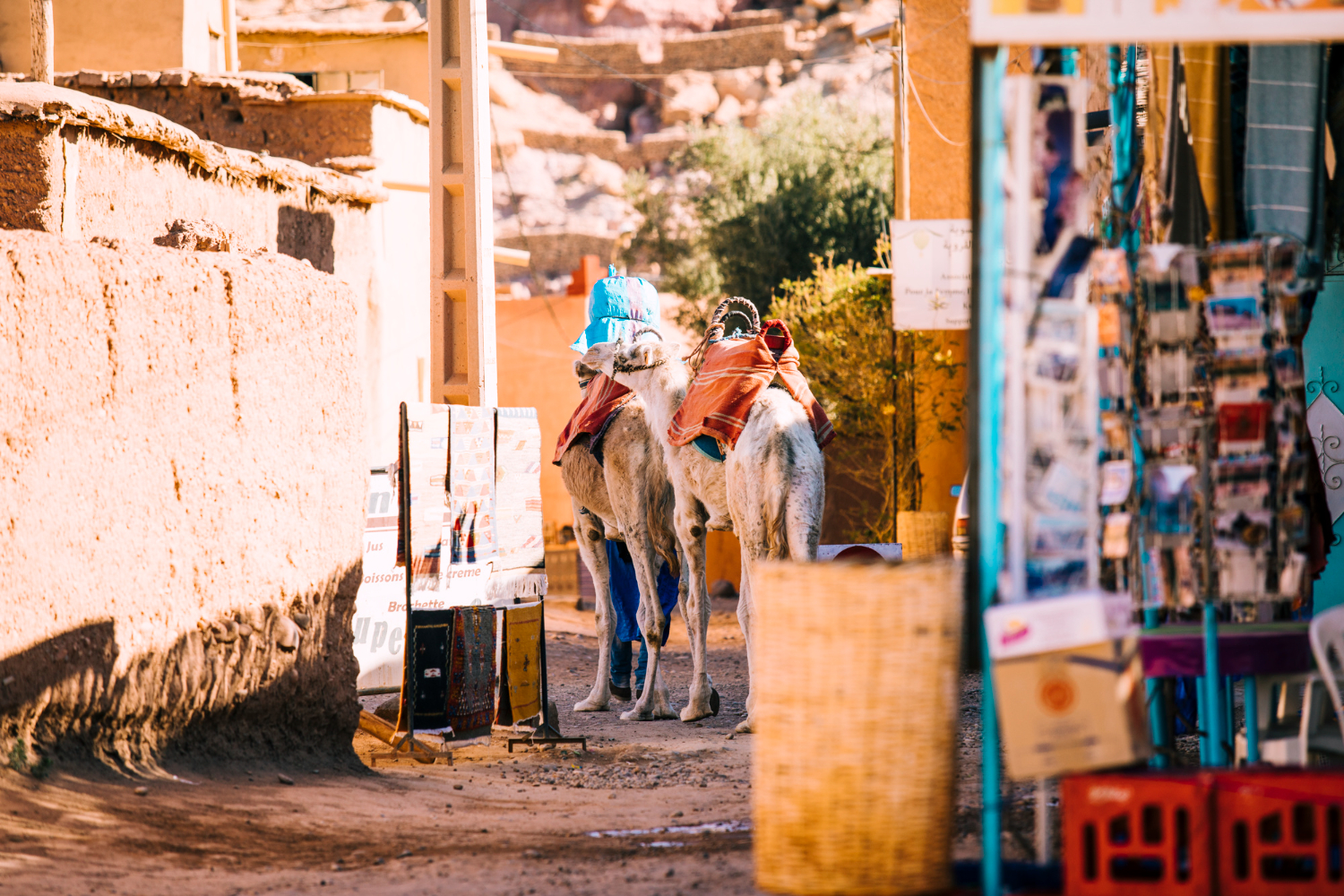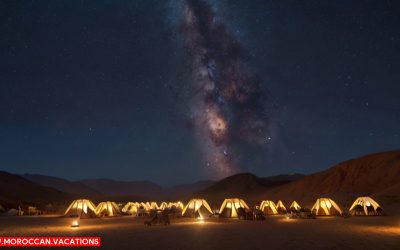Understanding the High Atlas Terrain
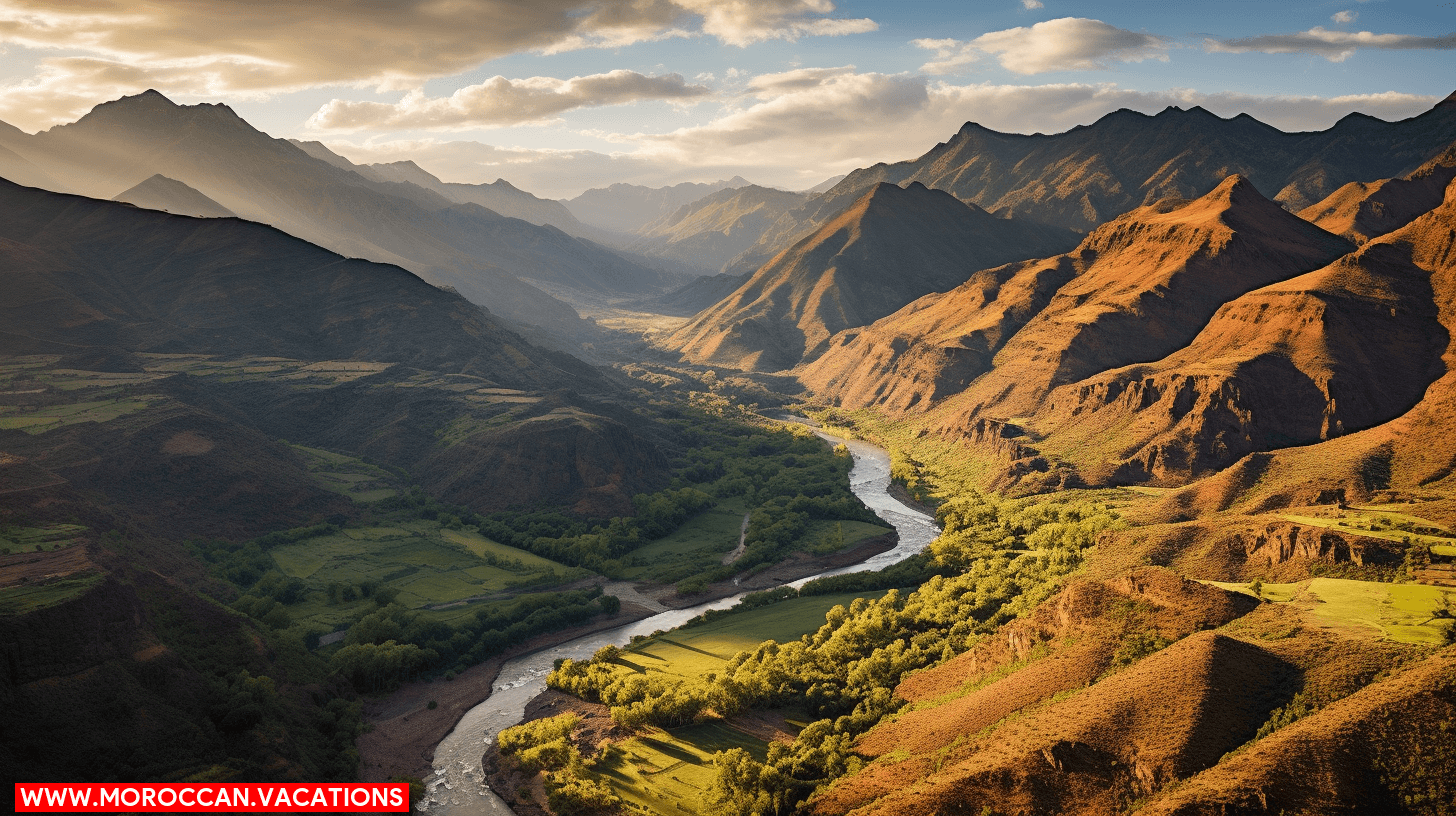

Did you know 90% of Morocco’s plant species are found in the High atlas? You’re about to embark on an adventure into this biodiversity hotspot. You’ll traverse rugged terrain, experience unique seasons, and encounter vibrant flora and fauna. Strap on your hiking boots, grab your camera, and let’s dive into the essentials you’ll need to explore nature’s wonders in the High Atlas. It’s not just a hike, it’s your ticket to freedom and connection with the earth!
Before plunging into your journey, it’s crucial you understand the High Atlas terrain, a landscape filled with diverse topography, from steep mountainous regions to gently undulating valleys. This isn’t just any mountain range; it’s a geologist’s dream. The mountain geology teems with tales of tectonic shifts and ancient volcanic activity, each rocky outcrop and sediment layer whispering secrets of the earth’s history.
You’ll encounter towering granite peaks dressed in snow, limestone canyons carved by millennia of water and wind, and sedimentary basins adorned with fossils from bygone eras. Each step you take is a stride across eons of time, a chance to marvel at nature’s raw power and delicate artistry.
But it’s not just the land that’s noteworthy. The Atlas tribes, scattered across the valleys and mountains, have carved a life in harmony with this rugged landscape. Their unique culture, steeped in tradition, adds vibrant human hues to the geological masterpiece that is the High Atlas. Their colorful mud-brick dwellings are as much a part of the scenery as the mountains themselves.
Ideal Season for Hiking
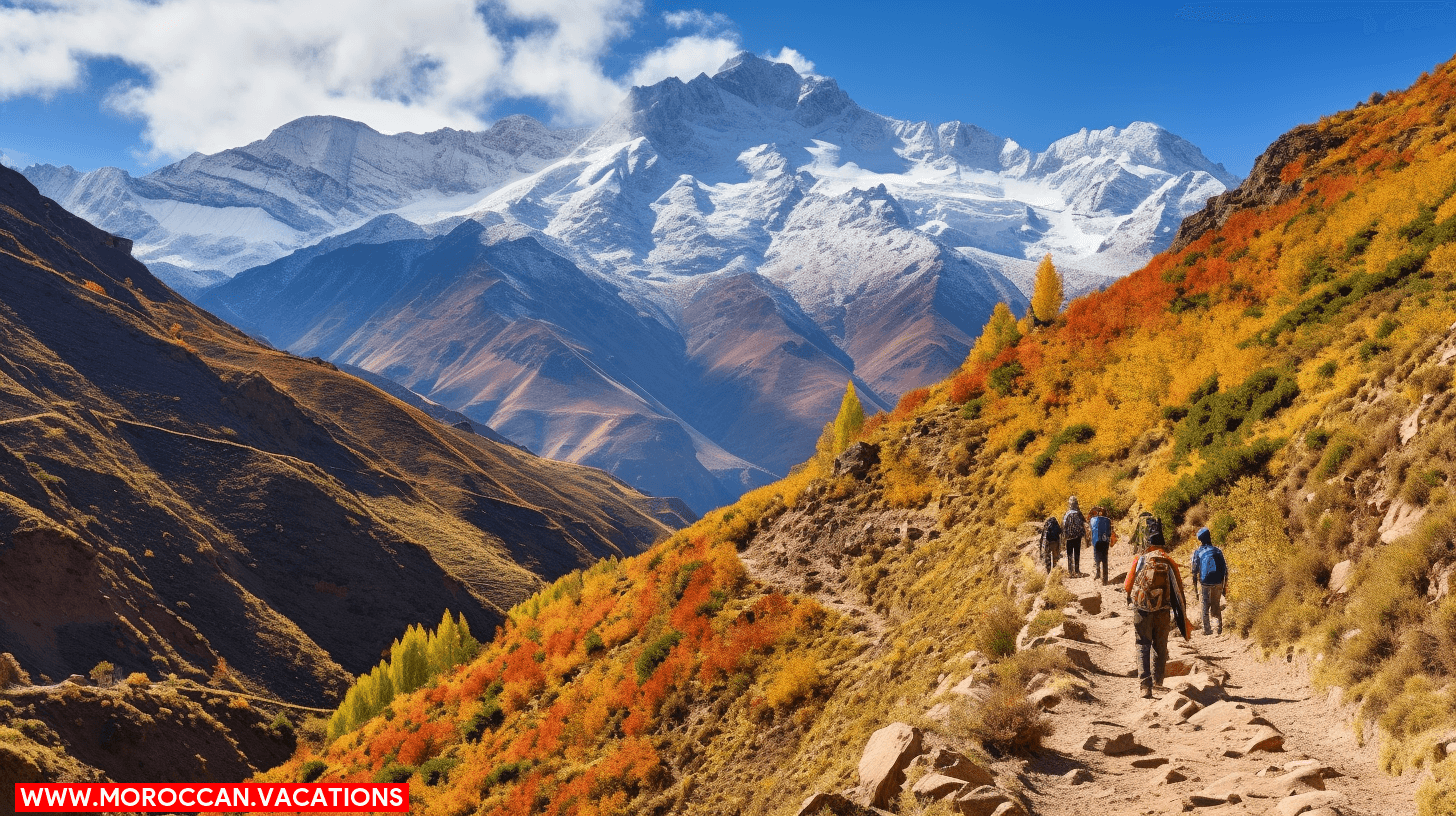

You’ll find that the best time to tackle these captivating trails is during the two cooler seasons, spring and autumn. The climate impact during these periods is favorable, with mild temperatures perfect for a journey of discovery and adventure in the High Atlas. In spring, the mountains bloom with life, the valleys echoing with the sound of gushing streams. Autumn, on the other hand, paints the landscape with a vivid palette of reds, oranges, and yellows, setting the perfect backdrop for your quest for freedom.
Altitude acclimatization is easier during these seasons. The moderate climate minimizes the risk of altitude sickness, enabling you to relish the grandeur of the mountains without discomfort. You’ll experience the exhilarating freedom of scaling great heights, taking in spectacular vistas that stretch as far as the eye can see.
Remember to prepare adequately for your hike. Pack light but ensure you have essential gear for fluctuating weather conditions. Embrace the challenge, respect the mountains, and you’ll have an unforgettable adventure exploring nature’s wonders in the High Atlas. The ideal season is waiting for you, go and seize it!
Essential Gear for High Atlas Hikes
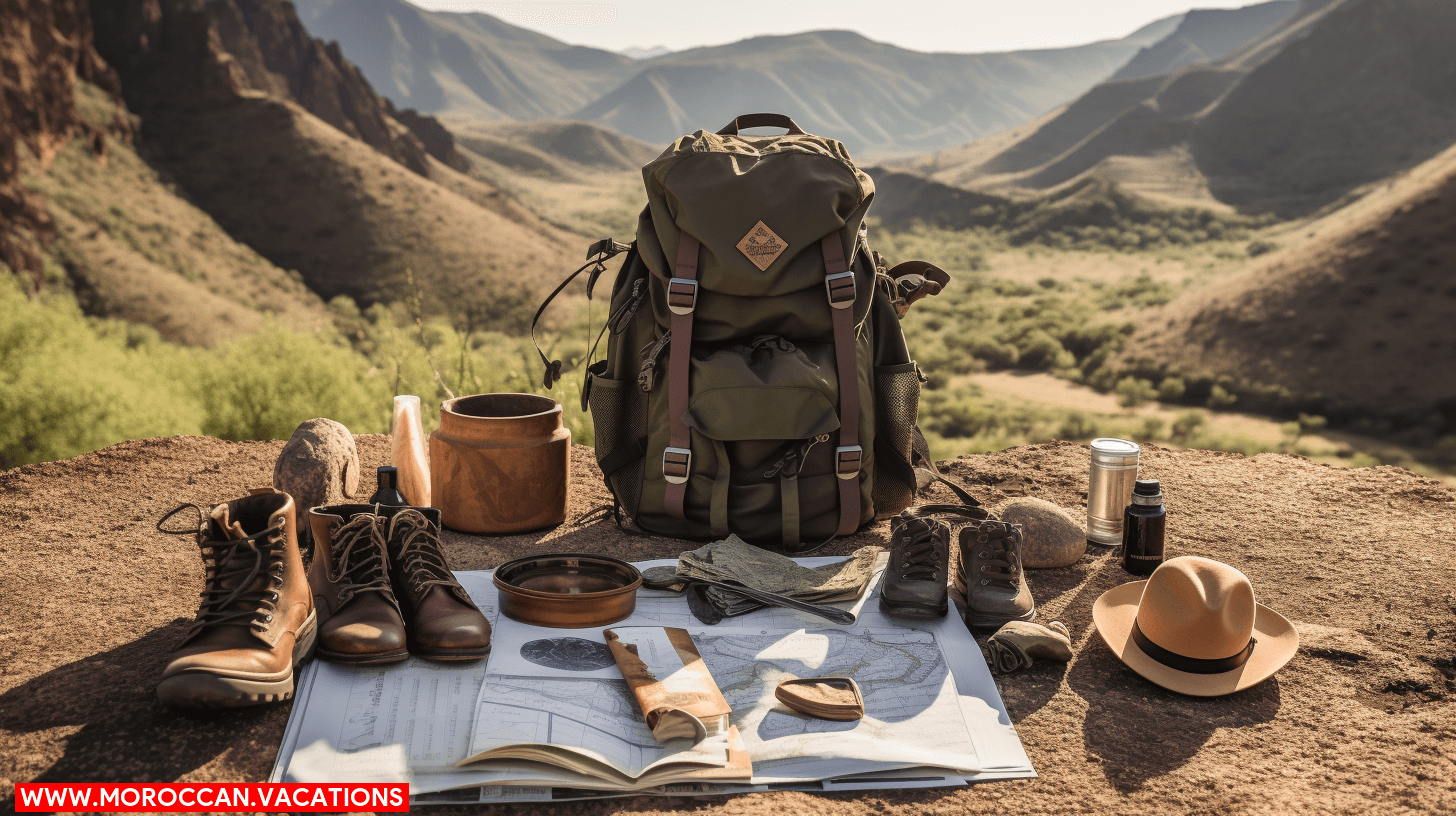

Packing the right gear is essential for your hiking adventure in the High Atlas, ensuring not only your safety but also enhancing your overall experience. It’s a thrilling journey to freedom, and pack weight management becomes your best companion. Lighter packs mean more agility, longer hikes, and more incredible sights to behold.
Start by choosing a lightweight, durable backpack. It’s your mobile storage, carrying essentials without weighing you down. Fill it with a compact sleeping bag, a weather-appropriate tent, and a first-aid kit for potential emergencies.
Hydration strategies are crucial in the arid High Atlas terrain. Carry enough water but remember, every drop adds weight. Opt for a balance, perhaps a hydration bladder for easy access during your hike, and a lightweight filter for replenishing your supply from mountain streams you encounter.
Don’t forget a sturdy pair of hiking boots, a hat for sun protection, and layered clothing to adapt to the varying temperatures. A map and compass, or GPS, are your guides through this vast, wild space.
You’re now equipped, ready to embrace the High Atlas’ rugged beauty. Remember, it’s not just about reaching the summit, it’s the journey, the freedom, the experience. Happy hiking!
Top Scenic Trails in High Atlas
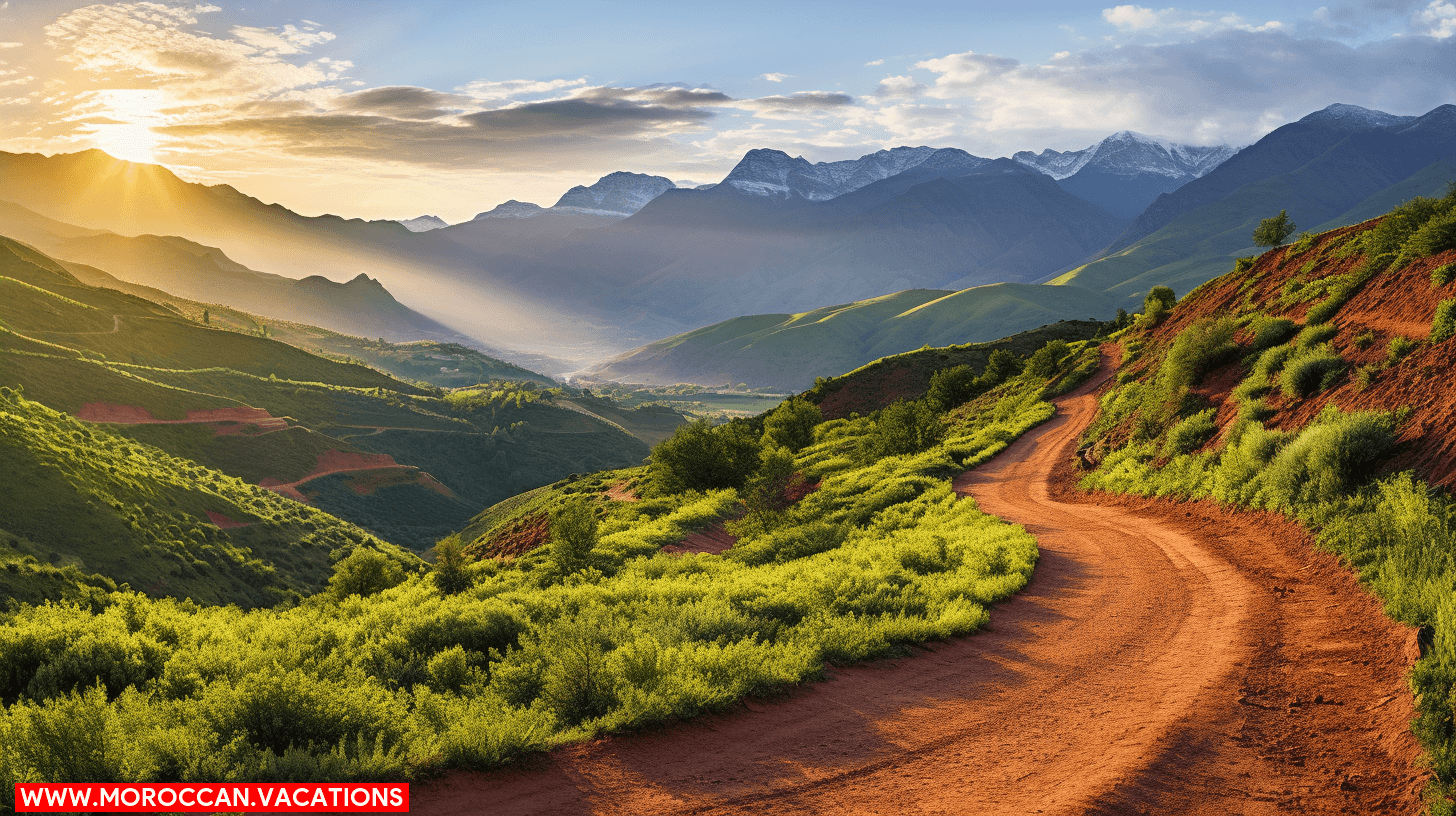

Once you’ve got your gear sorted, it’s time to decide which trail you’re going to conquer in the breathtaking High Atlas. With stunning landscapes, charming Berber villages, and cultural immersion experiences, each path offers a unique adventure.
Here are the top 4 trails that you shouldn’t miss:
- Trek to Mount Toubkal: The highest peak in North Africa, this challenging trail offers panoramic views that are nothing short of breathtaking. Plus, it’s a great opportunity for Berber village exploration.
- Ait Bouguemez Valley: Often referred to as the ‘Happy Valley’, this trail is known for its serene landscapes and traditional lifestyle.
- Trek through M’Goun Massif: An adventurous trail that crosses several Berber villages and offers an in-depth cultural immersion experience.
- Hiking in the Ourika Valley: A less strenuous route suitable for beginners, where you can enjoy lush green landscapes, waterfalls, and the charm of Berber culture.
Safety Tips for High Atlas Hikes
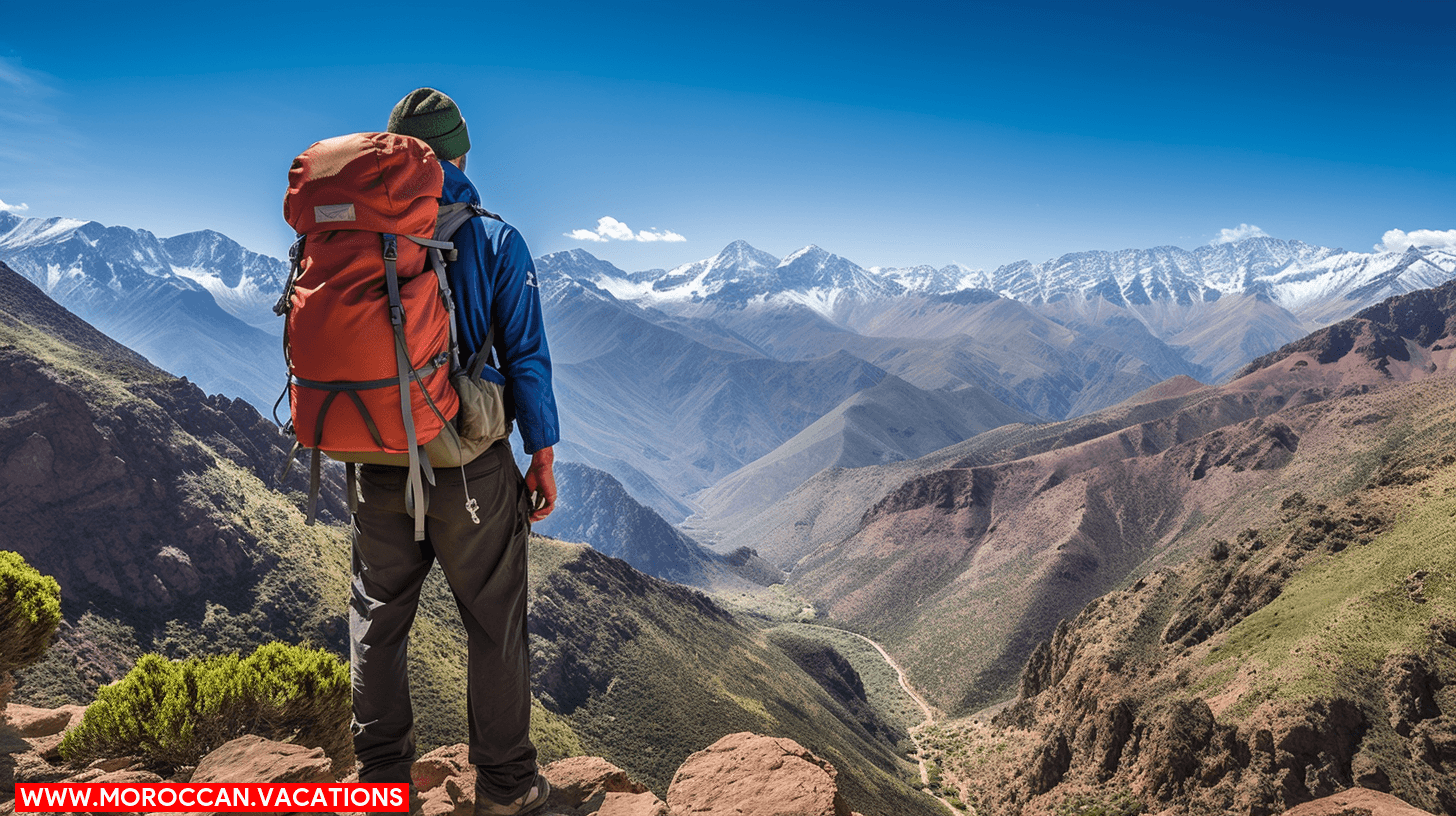

While the trails of the High Atlas promise unforgettable adventures, it’s crucial that you prioritize your safety to fully enjoy these breathtaking hikes. The thrill of the journey, the freedom of the open path, should not blind you to potential hazards.
Altitude sickness prevention becomes paramount when traversing these towering peaks. Acclimatize yourself gradually to the high altitude; the slower you ascend, the better your body can adjust. Stay hydrated and avoid alcohol; dizziness, fatigue, or severe headaches can be indicators of altitude sickness. Do not ignore these signs. Your health is your passport to freedom in these mountains.
Emergency protocols should be firmly in your grasp. Know the basics of first aid, and carry a well-stocked emergency kit. Have a plan in the unlikely event you become lost or injured. Always inform someone of your hiking route and expected return time.
Local Flora and Fauna Encounters
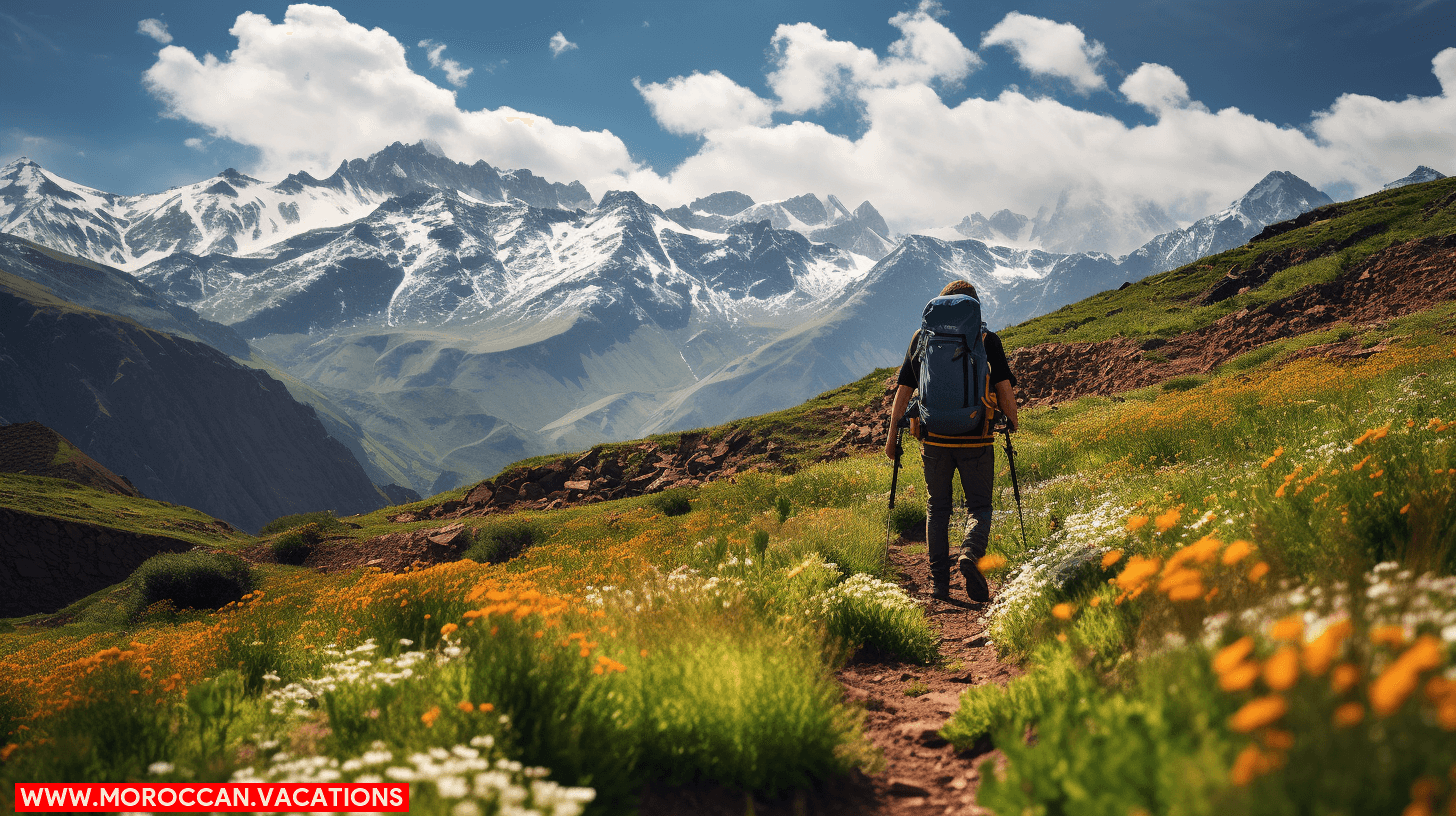

You’ll encounter a captivating array of local flora and fauna as you traverse the trails of the High Atlas. Each step you take unfolds an exciting adventure, immersing you in a world where nature crafts its own symphony.
Part of this natural orchestra are the Berber Apothecary Plants, traditional herbs with healing properties used by the indigenous Berber tribes. Their vibrant colors and aromatic scents are not just tantalizing but are also a testament to the resilience of life in the harsh mountainous conditions.
As you venture deeper, you’ll stumble upon the region’s remarkable biodiversity. Here is a list to spark your curiosity:
- The Atlas Cedar, a majestic tree species native to the Atlas mountains.
- The Barbary Macaque, an endangered primate species that thrives in the cedar forests.
- The Atlas Mountain Viper, a unique snake species found only in these high hills.
- The Barbary Partridge, a bird species that fills the air with its melodious calls.
Endangered species conservation is critical in these parts. Therefore, while you relish your encounters, remember to respect these natural habitats. After all, freedom is not just about exploring but also about preserving what we cherish.
Capturing the High Atlas: Photography Tips
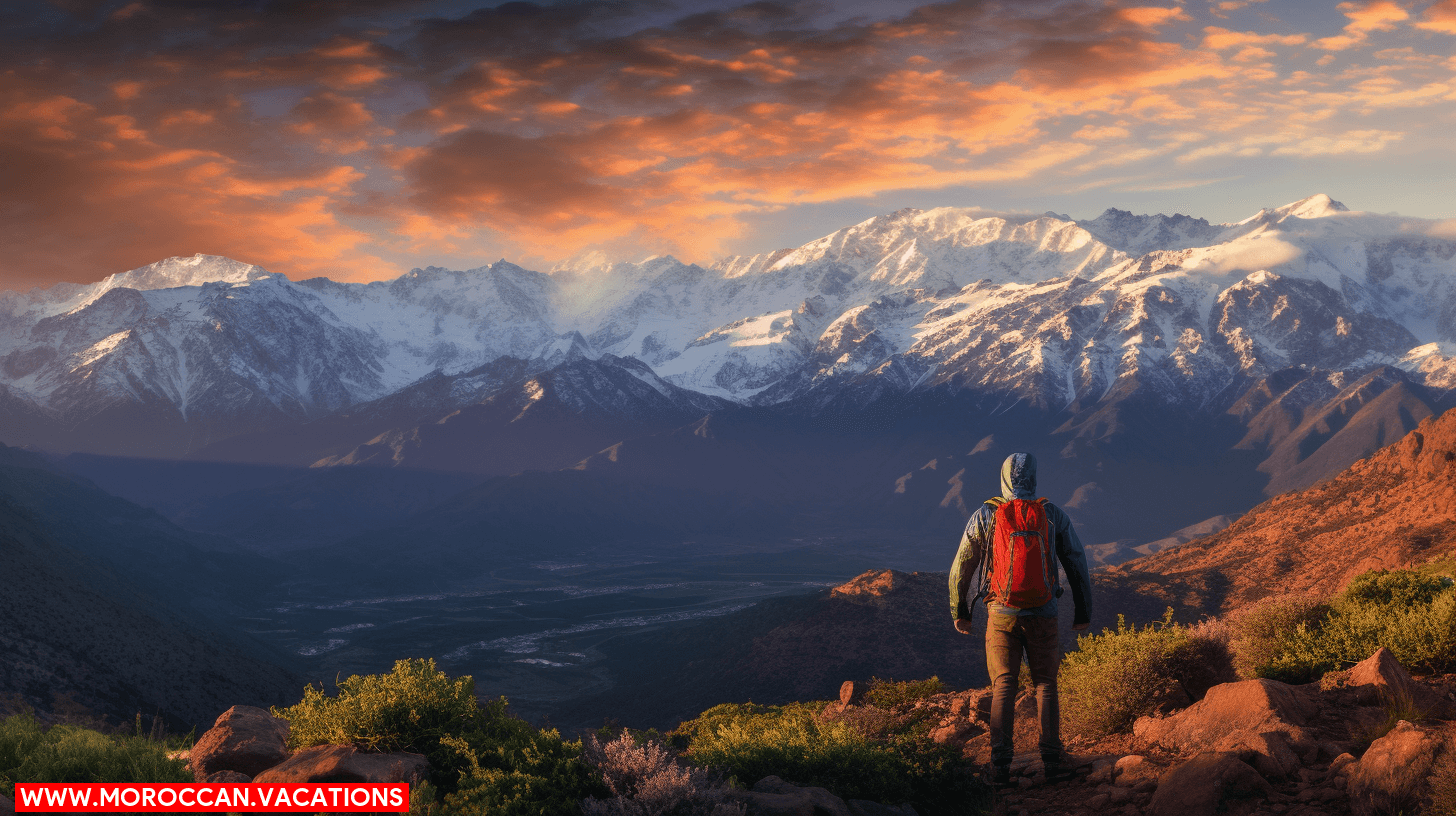

After immersing yourself in the vibrant flora and fauna, it’s time to capture the breathtaking beauty of the High Atlas through your lens. Mastering the art of photography in such diverse landscapes requires a keen eye for Photographic Composition and an understanding of various Lighting Techniques.
To help you get the most out of your High Atlas photography adventure, here’s a handy table with some essential tips:
| Photographic Composition | Lighting Techniques |
| Rule of Thirds: Frame your shot with key elements along the intersections of a 3×3 grid | Golden Hour: Capture shots during the hour after sunrise or before sunset for warm, soft light |
| Leading Lines: Use the natural environment to lead the viewer’s eye into the shot | Diffused Light: Use cloud cover to your advantage for evenly lit, low-contrast shots |
| Depth: Include elements in the foreground, middle ground, and background for a 3D effect | Backlighting: Shoot towards the light source for dramatic silhouettes and rim lighting |
Introducing Ayoub Karbachi, a brilliant wordsmith and curator of the Moroccan Vacations website. Prepare to immerse yourself in mesmerizing narratives and extraordinary moments, as he unveils the allure of Morocco's captivating destinations like never before.
Related Articles
Aromatic Gardens: Exploring Marrakesh's Fragrant Plants and Herbs
You step into a world of intoxicating scents, where every breath transports you to a realm of botanical bliss. Welcome to the aromatic gardens of Marrakesh, where nature's fragrant treasures await your exploration. From the...
The Healing Power of Nature: Therapeutic Gardens in Marrakesh
History of Therapeutic Gardens in Marrakesh Imagine stepping into a lush oasis, surrounded by vibrant colors and the soothing sounds of nature. In Marrakesh, therapeutic gardens offer a sanctuary for healing and rejuvenation. Discover the power of these enchanting...
Starry Nights: Star-Gazing in Dades Valley
Discovering Dades Valley's Night Sky Ever gazed up at the night sky and felt dwarfed by its vastness? Welcome to Dades Valley, your gateway to the cosmos. Here, you'll traverse the celestial realm, identifying constellations and spotting shooting stars. You're not...

